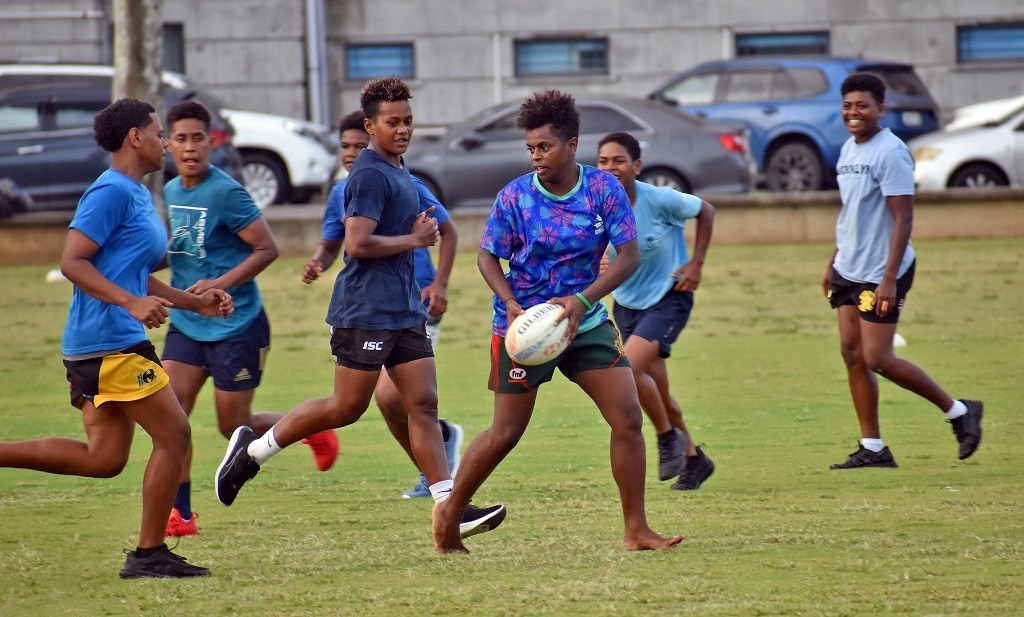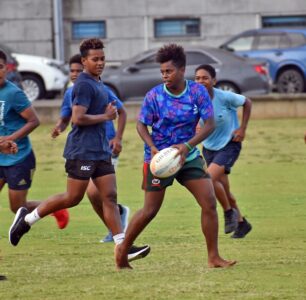Introduction
Rugby, a sport characterized by its intensity and physicality, demands players to excel under immense pressure. To thrive in competitive environments, teams integrate pressure situation drills into their training regimens. These drills simulate game-like scenarios, honing players’ decision-making, resilience, and composure. In this comprehensive guide, we delve into the importance of pressure situation drills in rugby and highlight five essential drills to elevate performance on the field.
Pressure Situation Drills
Pressure situation drills are training exercises designed to simulate high-pressure scenarios that players may encounter during competitive rugby matches. These drills aim to replicate the intensity, decision-making demands, and emotional strain experienced in crucial moments of a game. By subjecting players to simulated pressure, coaches seek to develop their mental resilience, decision-making abilities, and composure under stress.
Pressure situation drills cover various aspects of the game, such as defending a narrow lead in the closing minutes, executing strategic plays in the red zone, transitioning quickly from defense to offense during counterattacks, and converting critical goal kicks under pressure. Additionally, drills may simulate overtime periods, where every possession becomes decisive, testing teams’ endurance and resolve.
These drills typically involve scenario-based simulations, with coaches setting up specific game-like situations and instructing players to respond accordingly. By repeatedly exposing players to pressure situations in a controlled environment, coaches aim to prepare them to perform at their best when facing similar challenges in actual matches.

Understanding the Significance of Pressure Situation Drills
In the crucible of rugby, where split-second decisions determine victory or defeat, mastering pressure is paramount. Pressure situation drills replicate game scenarios, exposing players to high-stakes situations in a controlled environment. By subjecting athletes to simulated pressure, these drills cultivate mental fortitude, sharpening their ability to perform under stress. Moreover, they foster teamwork and cohesion, as players learn to rely on each other amidst adversity.
The Five Cornerstone Pressure Situation Drills
1. Last-Minute Scenarios:
In the heat of the final minutes, with the score tied, teams must execute flawlessly under immense pressure. Last-minute scenario drills simulate these nail-biting situations, challenging players to maintain composure and execute strategic plays. Coaches can vary scenarios, including defending a narrow lead or orchestrating a game-winning drive. The unpredictability of these drills instills adaptability and resilience, essential traits for success in tight contests.
Scenario: The team is trailing by three points with two minutes left on the clock. Execution: Divide the team into offense and defense. Start the drill with the defense in a high-pressure situation, tasked with preventing the offense from scoring. Rotate roles after each repetition, ensuring both offense and defense experience the pressure of crucial moments. Emphasize quick decision-making, effective communication, and precise execution of plays.
2. Red Zone Defense:
Inside the red zone, teams confront heightened pressure to prevent their opponents from scoring. Red zone defense drills focus on tightening defensive structures and maintaining discipline under pressure. Players must communicate effectively, anticipate opponents’ moves, and execute tackles with precision. By honing red zone defense, teams can turn pivotal moments into game-changing opportunities.
Scenario: The opposing team has possession within 20 meters of the try line. Execution: Set up a small-sided game focusing solely on red zone defense. Limit the space to simulate the confined nature of the red zone. Encourage defenders to communicate, maintain proper defensive alignment, and make aggressive yet controlled tackles. Provide feedback on positioning and decision-making to enhance defensive efficiency under pressure.
3. Counterattack Simulation:
Rugby’s dynamic nature often demands rapid transitions from defense to offense. Counterattack simulation drills emphasize quick decision-making and fluid ball movement under pressure. Players learn to exploit gaps in the opponent’s defense, capitalizing on turnovers to launch swift counterattacks. These drills enhance players’ spatial awareness and tactical acumen, enabling them to capitalize on momentum shifts during matches.
Scenario: The team has regained possession following a turnover and must quickly transition to offense. Execution: Initiate the drill with a turnover scenario, prompting the attacking team to capitalize on the sudden change in possession. Emphasize rapid ball movement, support running lines, and exploiting space on the counterattack. Encourage players to make split-second decisions based on the defensive alignment of the opposition. Incorporate game-like scenarios to replicate the intensity of counterattacking situations.
4. Pressure Goal Kicks:
In crucial moments, a well-struck goal kick can sway the outcome of a match. Pressure goal kick drills replicate the intensity of game-deciding kicks, placing kickers under psychological strain. Coaches can introduce elements like crowd noise and time constraints to simulate match conditions accurately. Through repetition and mental conditioning, kickers develop the confidence and focus needed to convert critical kicks when it matters most.
Scenario: The kicker must convert a penalty kick to win the game in the final minutes. Execution: Create a pressure-packed environment by simulating match conditions, including crowd noise and time constraints. Set up a series of penalty kicks from various positions on the field. Rotate kickers to ensure everyone experiences the pressure of critical kicks. Provide feedback on technique and mental approach, emphasizing focus and confidence in execution.

5. Sudden Death Overtime:
Overtime periods elevate the intensity of rugby matches, testing teams’ endurance and resolve. Sudden death overtime drills recreate these high-pressure scenarios, where every possession becomes decisive. Players must maintain concentration and discipline while seizing opportunities to clinch victory. By simulating overtime situations, teams cultivate the mental toughness and cohesion necessary to triumph in prolonged battles.
Scenario: The match is tied at the end of regulation, and teams enter sudden death overtime. Execution: Extend the game with additional periods of play, where the next score determines the winner. Emphasize maintaining composure and executing game plans under prolonged pressure. Rotate players to maintain freshness and intensity throughout overtime periods. Provide strategic guidance and feedback to help players make informed decisions in high-pressure situations.
Implementing Pressure Situation Drills Effectively
To maximize the benefits of pressure situation drills, coaches must approach training with purpose and specificity. Tailoring drills to address specific areas of improvement ensures targeted development and measurable progress. Additionally, incorporating feedback mechanisms allows players to reflect on performance and identify areas for growth. Consistent repetition of drills reinforces desired behaviors, embedding crucial skills into players’ subconscious.
Pressure Situation Drills
Pressure situation drills serve as crucibles for rugby players, forging resilience, decision-making prowess, and mental fortitude. By simulating game-like scenarios, these drills prepare athletes to excel under the most demanding conditions. Through meticulous planning and deliberate practice, teams can harness the power of pressure situation drills to elevate their performance and achieve success on the rugby field.

